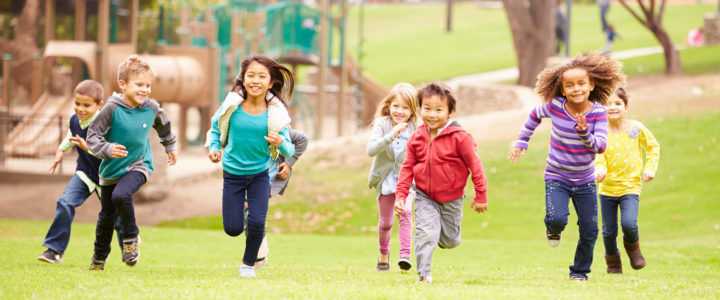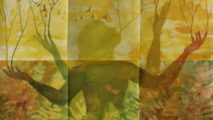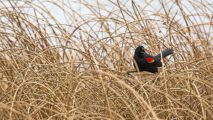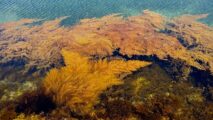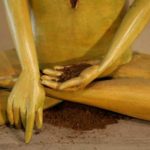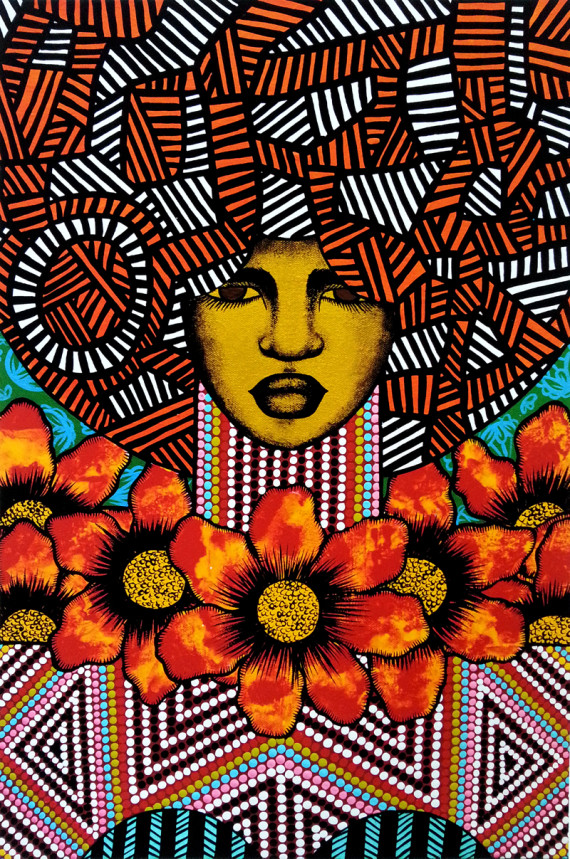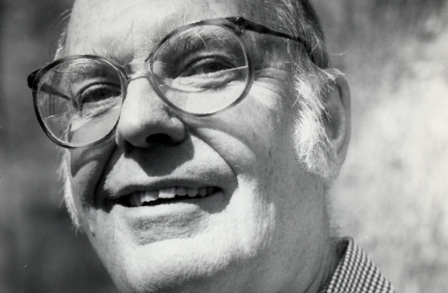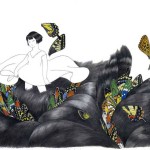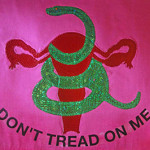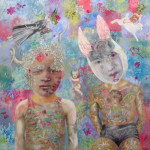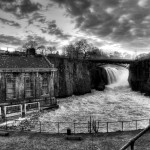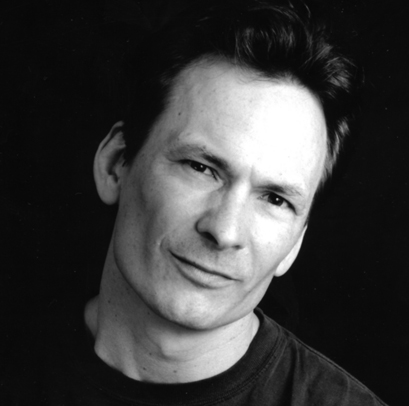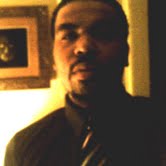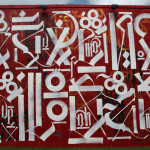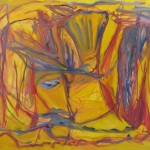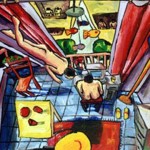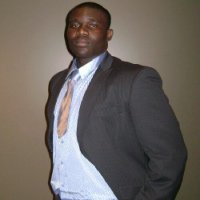When it came to playing, I lived with two experts. Zack had an
imagination that turned the same stick into a dolphin, fishing pole, race car,
pencil, or gun all in one day. Scott would climb over, under, through and around
to get to new places, and rarely took no for an answer, all the while telling
us stories about knights, superheroes or Lego. Both lived to splash,
hold, dance, chase, catch, throw, climb, jump, grab and laugh. Before children
I took hikes in the woods; with them, I played in the woods.
Our favorite place to play was Shu Swamp, a small preserve, only a
10-minute drive from our house. Shu Swamp is bisected by several streams that
lead to a pond before flowing into Mill Neck Creek, to Oyster Bay and
eventually Long Island Sound. There is an upland section with 200-year-old Oak
and Tulip trees that are scented with Spicebush. Along the streams skunk
cabbage, trout lilies, trilliums and jack in the pulpit grow. The varied
habitats invited a lot of opportunity for playing. Each visit was a magical
combination of old and new play.
I wanted to get better at playing in the woods, and at first, I
thought the boys could just explain it by breaking play into simple steps, the
same way I taught them to button a shirt or tie their shoes. They couldn’t.
When I asked Zack, he laughed and ran off on his toy horse that was actually a
stick. Scott simply explained, “play is fun.” Learning to play meant spending
time with them and learning by doing. They grew up fast, and my research needed
to get done before it was too late.
A typical outing began at the “big bridge.” a wood platform that
overlooked a small pond. The shallow water covered the muddy bottom where huge
carp swam with surprising grace. The boys loved to pick up rocks, throw them
in, only to watch as they disappeared into a cloud of mucky mud. Scott happily
toddled back and forth picking up one rock at a time. Throwing the rocks was
fun and so was finding them. Scott did not grab just any rock, there were ones
he picked up and ones he left on the ground. I never could figure out his
thought process. He didn’t think to carry a bunch of rocks all at once to
avoid going back and forth. Anything and everything was play. There was no
means to an end getting to the fun part. It was all fun.
They had their rituals, but part of play is to be open to something new,
otherwise they would miss new opportunities to play. For example, at one small
stream, Zack discovered how to flip wet leaves out of the water. They waited
patiently for a leaf to float by and then flicked it with a stick until the
leaf flew out of the water. Scott called them “brownies.” Very quickly,
they became skilled fishermen. Zack
loved fishing at our beach, and this was a way to recreate the excitement of
the catch.
The next stop was an enormous tulip tree that crashed from wind and rot
to bridge a mud spot. The boys called it “sleeping giant log,” Scott loved
walking across and would not let me hold his hand. I hovered next to him
tiptoeing in the mud ready to catch any slips. He raced back and forth yelling,
“did it, did it!” Zack challenged himself by stick collecting. Usually, they
were kindling size, but one day he was determined to carry a log-sized
stick all the way back to the car. As
far as I can tell, there was absolutely no reason. However, Zack obviously had
one. That stick/log laid in our front yard for a month as a trophy to his
success.
When Scott did occasionally fall off, it was also part of the fun. Muddy
spots were always the best. Even puddles near the parking lot were worth a
stop. Zack had a pitter patter dance for mud, and of course, Scott always
joined in. Mud splattered everywhere on pants, jackets, bodies. I held my
tongue by reminding myself that clothes, cars, and bodies could always get
cleaned. Mud was just another medium to play in, and they loved the sound and
the feel of squishy.
The “Little Bridge” was the place to race leaves down the stream. The
game started when Zack and Scott began to rescue leaves that were floating with
the current. Using sticks as rescue poles, they teamed up to pull leaves
to the stream bank. Over time this teamwork evolved into competitive leaf
racing. They dropped their leaves in the stream and watched which was the first
to float out of sight. After a lot of trial and error, they figured out that
long thin leaves were the fastest. There was a lot of debate about where to
start the races and all the other rules.
Their friends were not all humans. Their animal finding senses were well
honed. Frogs, salamanders, snakes, and once in a while a turtle were all
friends. They knew the best spots to meet up with them. One such place was the
tiny, mud-filled pond, where the tadpoles lived. With a skilled grab and a
small net, they almost always captured at least one. They learned quickly
to cup the creatures in their hands right over the water. After a few moments
of captivity and conversation, the boys always let the tadpoles
go.
They knew which rotten logs were most likely to give shelter to
red-backed salamanders and which did not. In one practiced move, they learned
to flip over a log and grab any salamanders with supreme gentleness. They
tenderly held them in wet hands, careful not to touch their tails since
red-backed salamanders can break off their tails as a means to escape from
predators. One time while catching salamanders a woman chastised me for letting
Zack and Scott hold them. I politely ignored her but wanted to give my
“extinction of experience” speech concluding with a sermon on the importance of
outdoor play for children and finally remind her that it is okay to hold
salamander with wet, gentle, respectful hands. No matter how many times they
found a salamander, it was as if the first time.
On days with extra time we could make it to the triple trunk tulip tree.
Three trees grew out of one stump; each one was too big to wrap our arms
around. Zack called it the “train tree.” There was room to climb in between
each trunk. Some days we climbed between the trunks and headed for Boston
(that is where their cousins live). Other times they used the tree to be
anything from a laboratory, base camp for studying bobcats, a truck or a fort.
Shu Swamp is a small patch of trees on Long Island surrounded by suburban
excess, but to Zack and Scott, it was their playground. It was their setting
for whatever their minds could imagine. Seeing this place through their eyes
helped me to play and better understand where we lived. They opened a world to
me that had been closed since my own childhood. There was no before or later,
no shoulds, just that moment. It was as they ate ice cream, just the taste with
not a thought of calories, price, carbon footprint or any other food guilt. Ice
cream must taste, a lot better that way. Playing must be more fun that way.
That was the lesson they were teaching. Play happens without thinking by
being present and open to the place.
Their playing was also their praying. Outdoors is where we walked with
God, life spirit, goodness, whatever anyone wants to call it. Outdoors was time
apart from the media world. It was time for the more than human world, time to
walk in the presence of others and not in the presence of products. These were
wordless prayers that were said by merely being out there, but one had to be out
there. They were not prayers of requests, but prayers of celebration. They were
not prayers born of fear, but of love and fun.
This kind of play and prayer not only benefits our soul, but it also
benefits the soul of the land. It will make Zack and Scott more responsible
citizens. They were becoming native to the Long Island and developing a sense
of place by engaging in play unique to their home ground. This bond to the land
will lead them to love and protect their home ground, now and in the future. Faithful
stewardship is built on love. Like a blankie or a favorite stuffed animal, we
care for what we love. Through their play, the land was becoming their security
blanket.
Playing on a computer does not connect one to a place, neither does
playing sports. A sports field is a sports field in Arizona or New York. Indoor
play is the same in Florida or Alaska. This kind of play does not foster
a love of place. This kind of play could be done anywhere and anyplace. Good
play in the wild outdoors is an interaction with the uniqueness of the place.
Whether they realize it or not the playing that developed their sense of
place gave Zack and Scott an ability to be attentive to the world beyond
humans. Being attentive is a forgotten skill that is still needed today.
In the past, being an observer of the natural world was critical to survival.
We need to give children (and adults) the time to play and pay attention to the
natural world, to be aware when new plants are growing, and other plants are
dying. To realize some birds are arriving earlier in the spring and other
birds no longer sing. Without attention, much is missed. The subtle changes
that indicate what is happening. We need to notice when the water is different,
or the soil is changing. It is a particular sadness when a place changes
and no one notices.
The word attention comes from the word attendere which means “to stretch
toward,” Attention is an action, something one must do, it is not a passive
activity. As with dominoes, being attentive starts a cascade of actions that
lead to both a more fascinating and sustainable world. Attention leads to
wonder and that leads to understanding. Only with a genuine understanding, can
there be effective stewardship. Once in motion, the energy that is created, this
ability to do work, works. It makes a difference by creating a web of
knowledge, wonder, and stewardship. But nothing would get started if not for
paying attention and paying attention would not happen without playing.
It seems so simple: play-attention-action equals a more sustainable
planet, plus each step along the way is meshed with fun. With so many benefits,
why don’t more children play outdoors? Too many children are stuck
indoors, cut off from wild places and living a domesticated life.
Fear is stealing play from children. There is a fear that time playing is
time wasted. Parents fear that children are not using their time “productively”
which leads to over scheduling a child’s time with sports, art, music lessons,
after-school activities and more, all in hopes of creating the successful child
who will get into the perfect college. Schools jump on the bandwagon to show
how educationally sound they are by giving more and more homework and
standardized tests. There is a fear of the outdoors based on an overreaction to
the slim possibilities of Lyme disease, kidnappers and other hazards.
While awareness is needed and common sense precautions are valid, these fears
should not keep children indoors and need to be held in perspective. Another problem
is that there are fewer open spaces where children can build, throw, climb,
break, catch, dig, run, get dirty, get lost, find wonder, and have fun.
Another factor is that children’s attention is being hijacked by screens.
Children used to walk upright with eyes facing the world. Now they walk heads
down, bent at the neck, hands in the texting position, missing the wonder of
being in the moment. Children spend unbelievable amounts of time in front of
the screen. The numbers seem impossible. I fear for what screens are doing to
the attention children have to the right now, the right around them world. They
are not learning the knowledge of place that comes directly from their place.
The gain in information from smartphones is not worth the loss of information from
smartphones. The solution is heart-achingly simple: Take the phones and let
children out, it is an act of environmental stewardship.
When the boys got older, things changed. Instead of a bag of Cheerios and
carrots, we would get a bacon, egg and cheese sandwiches. There was more
walking and talking but even as teenagers they would there be sword fights with
Joe Pye Weed stalks or dam building with rocks. In the winter breaking ice
became another favorite pastime. When the boys return home as young adults they
humor me and return for an occasional walk. We recall stories and share new
ones. The racing stream no longer flows, cut off by erosion, more trees
have fallen making more bridges to cross and there are deer in the woods now.
All those hours playing in the outdoors did not guarantee that the boys would grow up to be environmental activists, bird watchers, backpackers or biologists and that’s okay. I am confident that no matter what, they will be more aware and make better decisions to live ethically on the planet. They will have childhood memories of fun, and I am grateful for what they taught me about being in the outdoors by playing in the outdoors. Free play in the outdoors will not solve all our environmental problems. However, effective stewardship can’t be learned without playing around, being around and holding life.
Dan Kriesberg is the author of A
Sense of Place, Teaching Children about the Environment with Picture Books and
Think Green, Books and Activities for Kids, as well as over 100 articles on environmental education and essays about his personal experiences in the outdoors. He lives on Long Island with his wife, Karen and two sons, Zack and Scott. Dan is a sixth-grade science teacher at Friends Academy. Whenever possible he spends his time in wild places backpacking, hiking and hanging out. You can view his work at Witness to the Wild:
https://www.dankriesberg.com/.
Read More »

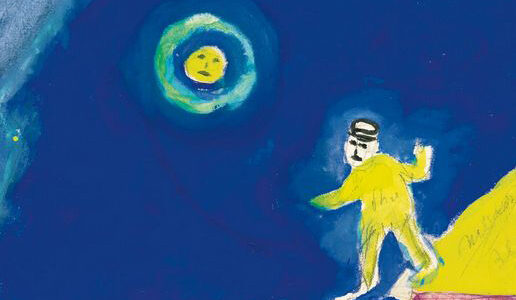
 Nathaniel Bek is a writer, artist, and activist originally from Wisconsin. He was selected Editor’s Choice for poetry in Phoenix – Art & Literary Magazine, and was a semifinalist for Eber & Wien. Several of the poems have been published in Narrative Northeast. He has competed nationally for Spoken Word at the National Poetry Slam and Individual World Poetry Slam. He was the organizer, and host of “Get Lit,” a literary series that was nominated for Best of Orlando. Nathaniel also assists with various youth programs in the Orlando area where he currently resides. He can be found on all social media at NCBEK Poetry.
Nathaniel Bek is a writer, artist, and activist originally from Wisconsin. He was selected Editor’s Choice for poetry in Phoenix – Art & Literary Magazine, and was a semifinalist for Eber & Wien. Several of the poems have been published in Narrative Northeast. He has competed nationally for Spoken Word at the National Poetry Slam and Individual World Poetry Slam. He was the organizer, and host of “Get Lit,” a literary series that was nominated for Best of Orlando. Nathaniel also assists with various youth programs in the Orlando area where he currently resides. He can be found on all social media at NCBEK Poetry.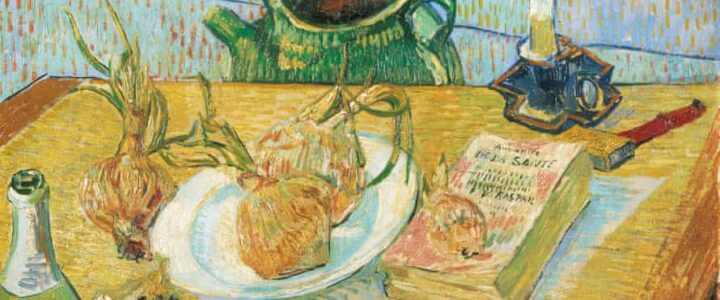
 Libby Goss has an MFA in poetry from Boston University and a BA in creative writing, marketing, and publishing from NYU. Her work has previously been published on Confluence (NYU Gallatin) and in the anthology If You’re Not Happy Now (Broadstone Books).
Libby Goss has an MFA in poetry from Boston University and a BA in creative writing, marketing, and publishing from NYU. Her work has previously been published on Confluence (NYU Gallatin) and in the anthology If You’re Not Happy Now (Broadstone Books).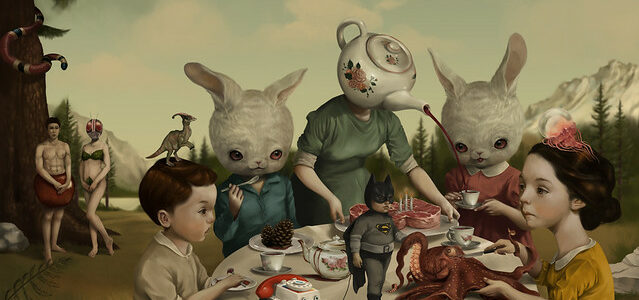
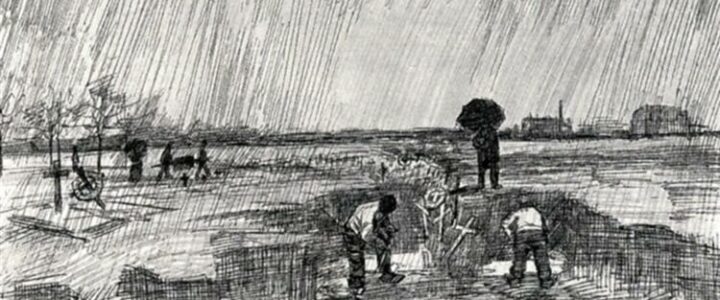

 Vivian Montgomery is a Boston-based harpsichordist and accordionist who writes. Her work centers around music, historical excavation of long-buried women composers, her mother, and unlikely Judaism. Her personal essays have been published in the Boston Globe Magazine, Bluestem, Ligeia, Adanna, Jabberwock, Chautaqua Review, and in the anthology Mother Reader by Seven Stories Press. Her personal essay “Immersion” received a Writers Digest Prize for Spiritual Writing, and was a finalist for New Letters’ Conger Beasley Jr. Award for Nonfiction. She is a brooding walker and mother, feeling her way with the help of words spilled onto the page. She is also on the faculty of the Longy School of Music, leads the Klezmer band Shir Chutzpa, and has been a Resident Scholar at the Brandeis Women’s Studies Research Center for 14 years.
Vivian Montgomery is a Boston-based harpsichordist and accordionist who writes. Her work centers around music, historical excavation of long-buried women composers, her mother, and unlikely Judaism. Her personal essays have been published in the Boston Globe Magazine, Bluestem, Ligeia, Adanna, Jabberwock, Chautaqua Review, and in the anthology Mother Reader by Seven Stories Press. Her personal essay “Immersion” received a Writers Digest Prize for Spiritual Writing, and was a finalist for New Letters’ Conger Beasley Jr. Award for Nonfiction. She is a brooding walker and mother, feeling her way with the help of words spilled onto the page. She is also on the faculty of the Longy School of Music, leads the Klezmer band Shir Chutzpa, and has been a Resident Scholar at the Brandeis Women’s Studies Research Center for 14 years.
 Schyler Butler received her BA in English from the University of North Texas. A recipient of an Ohio Arts Council Individual Excellence Award for FY 2020 and a lead poetry editor for Human/Kind Journal, her work appears in and is forthcoming from African American Review, Writers Resist, Duende, Superstition Review, Obsidian, Heavy Feather Review’s #NoMorePresidents, Kissing Dynamite, and elsewhere, sometimes under the pseudonym “Iyana Sky.” Currently, she lives in Columbus, OH.
Schyler Butler received her BA in English from the University of North Texas. A recipient of an Ohio Arts Council Individual Excellence Award for FY 2020 and a lead poetry editor for Human/Kind Journal, her work appears in and is forthcoming from African American Review, Writers Resist, Duende, Superstition Review, Obsidian, Heavy Feather Review’s #NoMorePresidents, Kissing Dynamite, and elsewhere, sometimes under the pseudonym “Iyana Sky.” Currently, she lives in Columbus, OH. Janiru Liyanage is a 15-year-old school student and Pushcart Prize-nominated poet. His re-cent work appears or is forthcoming in [PANK], Frontier Poetry, Wildness Journal, Cordite Poetry Review, The Cardiff Review, Homology Lit, Up The Staircase Quarterly, Boston Ac-cent Lit, The Journal Of Compressed Creative Arts, Ekphrastic Review, Driftwood Press and elsewhere. He serves as a reader for Palette Poetry. He is a two-time winner of the national Dorothea Mackellar Poetry Awards, a recipient of an Ekphrastic Award from the Ekphrastic Review and Sydney finalist of the Australian Poetry Slam. He has appeared on The Project and featured in Namoi Valley Independent, The Minister’s Media Centre, Audition Material Young People among other places. He is a recipient of a UNICAF scholarship for a degree at the University of California Riverside, Liverpool John Moores University, University of Suffolk, University of East London, and Unicaf University. Born as the son of Sinhalese immigrants, he currently lives in Sydney.
Janiru Liyanage is a 15-year-old school student and Pushcart Prize-nominated poet. His re-cent work appears or is forthcoming in [PANK], Frontier Poetry, Wildness Journal, Cordite Poetry Review, The Cardiff Review, Homology Lit, Up The Staircase Quarterly, Boston Ac-cent Lit, The Journal Of Compressed Creative Arts, Ekphrastic Review, Driftwood Press and elsewhere. He serves as a reader for Palette Poetry. He is a two-time winner of the national Dorothea Mackellar Poetry Awards, a recipient of an Ekphrastic Award from the Ekphrastic Review and Sydney finalist of the Australian Poetry Slam. He has appeared on The Project and featured in Namoi Valley Independent, The Minister’s Media Centre, Audition Material Young People among other places. He is a recipient of a UNICAF scholarship for a degree at the University of California Riverside, Liverpool John Moores University, University of Suffolk, University of East London, and Unicaf University. Born as the son of Sinhalese immigrants, he currently lives in Sydney.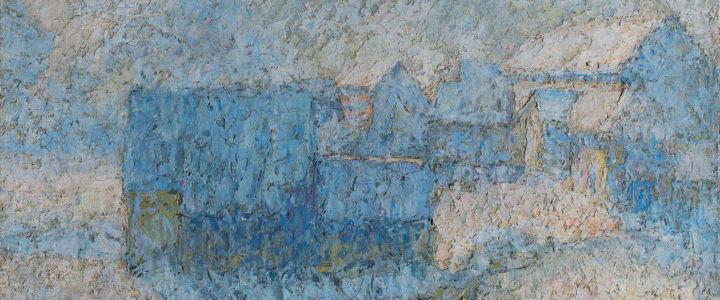
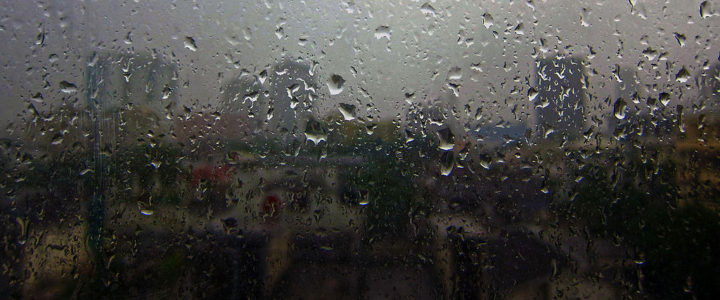
 Saba Sebhatu was born in Italy and raised in Washington DC where she completed a BA in journalism. She then moved to Eritrea where she began working as a peacebuilding practitioner in conflict resolution initiatives in the Horn of Africa. A previous Callaloo Fellow, her current work focuses on the African Diaspora and their geographies. In Spring 2018 she was selected as a mentee by the Association of Writers and Writing Programs. She is currently pursuing her MFA in nonfiction writing at The New School in New York City.
Saba Sebhatu was born in Italy and raised in Washington DC where she completed a BA in journalism. She then moved to Eritrea where she began working as a peacebuilding practitioner in conflict resolution initiatives in the Horn of Africa. A previous Callaloo Fellow, her current work focuses on the African Diaspora and their geographies. In Spring 2018 she was selected as a mentee by the Association of Writers and Writing Programs. She is currently pursuing her MFA in nonfiction writing at The New School in New York City.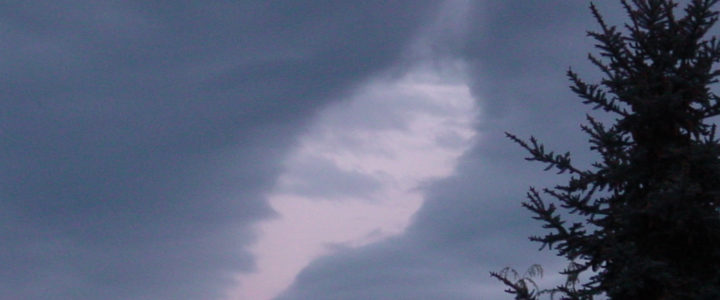
 Kika Dorsey is a poet and fiction writer in Boulder, Colorado, and lives with her two children, husband, and pets. Her books include Beside Herself (Flutter Press, 2010) and three full-length collections, Rust, Coming Up for Air (Word Tech Editions, 2016, 2018), and Occupied: Vienna is a Broken Man and Daughter of Hunger (Pinyon Publishing, 2020). She has been nominated for the Pushcart Prize four times. Currently, she is an instructor of English at Front Range Community College and tutors. When not writing or teaching, she swims miles in pools and runs and hikes in the open space of Colorado’s mountains and plains.
Kika Dorsey is a poet and fiction writer in Boulder, Colorado, and lives with her two children, husband, and pets. Her books include Beside Herself (Flutter Press, 2010) and three full-length collections, Rust, Coming Up for Air (Word Tech Editions, 2016, 2018), and Occupied: Vienna is a Broken Man and Daughter of Hunger (Pinyon Publishing, 2020). She has been nominated for the Pushcart Prize four times. Currently, she is an instructor of English at Front Range Community College and tutors. When not writing or teaching, she swims miles in pools and runs and hikes in the open space of Colorado’s mountains and plains.
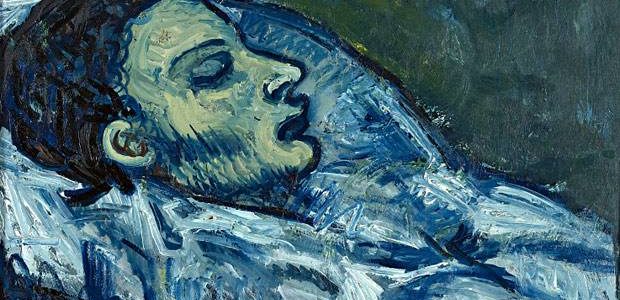
 Anthony Thomas Lombardi is a Brooklyn Poets Fellow, a Tin House Writers Workshop alumnus, and was long listed for the 2020 Palette Poetry Emerging Poet Prize. He served as Assistant Director for Polyphony Lit’s Summer Scholars Program and is currently a poetry reader and contributor for the Adroit Journal. His work has appeared or will soon in wildness, North American Review, Colorado Review, THRUSH, Passages North, RHINO, Iron Horse Literary Review, Cherry Tree, Tahoma Literary Review, and elsewhere. He lives in Brooklyn, NY with his cat, Dilla.
Anthony Thomas Lombardi is a Brooklyn Poets Fellow, a Tin House Writers Workshop alumnus, and was long listed for the 2020 Palette Poetry Emerging Poet Prize. He served as Assistant Director for Polyphony Lit’s Summer Scholars Program and is currently a poetry reader and contributor for the Adroit Journal. His work has appeared or will soon in wildness, North American Review, Colorado Review, THRUSH, Passages North, RHINO, Iron Horse Literary Review, Cherry Tree, Tahoma Literary Review, and elsewhere. He lives in Brooklyn, NY with his cat, Dilla.